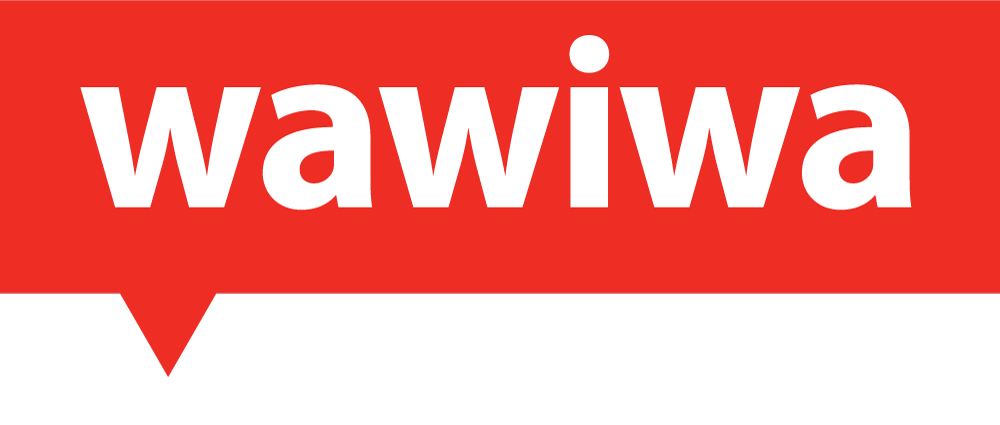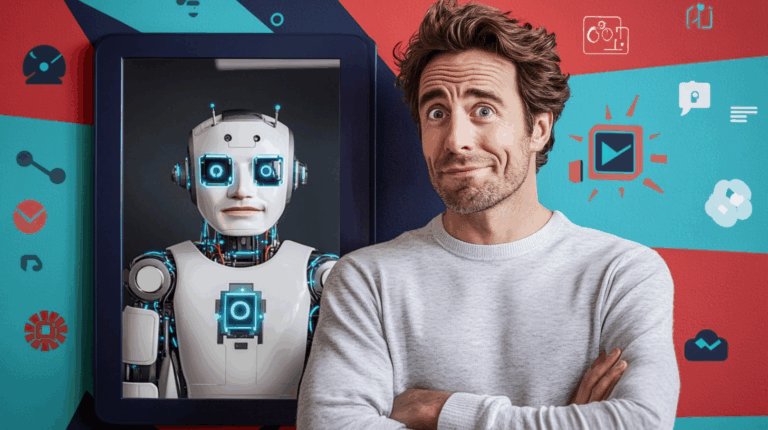All of us are using technology everyday. 85% of American adults can’t even spend a day without using technology. We feel faster and smarter by using applications, search engines, and AI tools, but in fact – they make us more stupid and incapable. The comfort of tech is making our brains lazy. We are trading our brainpower for tech convenience. If the battery is gone, there’s little we can do on our own. This blog tries to help you find the right balance between using tech in a smart way, so you stay sharp.
Convenient Applications are Making Us Stupid
Let’s get real about tech and our brains. It’s like giving a rest to our minds. Research proves that technology can make us stupid if we’re not smart about using it. Spending a lot of time looking at screens can lead to problems like not being able to focus, having a harder time understanding and getting along with people, getting hooked on our devices, feeling lonely, and even messing with how our brains grow.
Search engines are like instant know-it-all machines, loading us up with information – so that we don’t have to know or remember. And AI tools, like ChatGPT? They’re saving us a ton of time by reducing our need to think, process, and write. We have super-fast assistants who are always ready to help – doing stuff for us, so that we don’t have to – including thinking, understanding, and making decisions. Technology makes us way more productive, getting things done quicker than ever before.
But wait, there’s another side to this tech story. We’re leaning a bit too much on our gadgets, like Waze and other GPS apps that guide us every step of the way. Handy, yes, but they’re also making us forget how to find our own way. Our brains aren’t getting the workout they used to. You lose the GPS, and suddenly, you’re the one in charge, lost, or paying more attention to the world and sharpening your navigation skills. It’s a similar deal with digital wallets like Apple Pay or Google Wallet. They make buying stuff a snap, but they also take away the real feel of managing money. Without the physical act of handing over cash, it’s easier to lose sight of how much we’re spending and the sacrifice of handing out money that we worked for. So while these tech tools are super convenient, they might be making us a bit too relaxed about the basics.
Let’s get one thing straight – this isn’t about pointing fingers at tech. It’s more about how we’re using it. The real deal is to make tech an assistant for our brains, not the boss of our decisions. Like with calculators – they’re great for the tough math, but do we really need them for easy stuff like adding 10 and 2? Doing some of these calculations in our heads can keep our brains sharp. And how about those language translation apps? Super handy when you’re in a pinch abroad, but relying on them too much might mean missing out on the brain-boosting challenge of learning a few phrases in a new language. And then there’s social media – platforms like Facebook and Instagram. Sure, they keep us in the loop with friends and trends, but too much scrolling and not enough real-world chatting? That can dull our in-person social skills. Ever tried having a conversation without emojis? It’s a whole different ball game. The goal? Use tech to sharpen our skills, not to take over the basic thinking and doing we’re perfectly capable of.
Building a Mindful Tech Culture to Maintain our Smarts
In this digital playground, it’s all about being smart with our tech. It’s not just about swiping and clicking; it’s about mixing tech into our daily grind in ways that make us sharper. Let’s face it, tech’s a tool, and like any tool, how we use it matters. A hammer can build or break, right? Same with tech. Use it wrong, and our brains might get a bit lazy. So, what’s the game plan? We’ve got to level up our digital smarts. Knowing when to let tech take the wheel and when to drive solo is key. It’s about picking the right tool for the job – sometimes, that’s an app; other times, it’s good old brainpower.
Next step? Building a ‘mindful tech’ culture. It’s like being a tech detective, always clued in on how our gadgets are shaping our thoughts and lives. Setting up tech-free zones or times at home? That’s a solid start. It’s about making space for real talk and brain exercises, old-school style. How about grabbing a book instead of watching a YouTube summary? Or chatting face to face instead of texting? Even jotting down notes with a pen can be a brain booster. It’s not just cutting down on screen time; it’s about feeding our brains and hearts the good stuff.
Finally, let’s talk about tech as a brain builder, not just a comfy couch for our minds. There’s a bunch of cool platforms and brain-training apps out there. They’re like mental push-ups for skills like thinking out of the box and solving tricky stuff. Instead of just binge-watching videos or letting some algorithm decide our next move, these tools need us to roll up our mental sleeves. They’re our brain’s workout session, getting our neurons in shape. Think of it like a gym membership for your mind. The more we train, the stronger our brain gets for all the other stuff we do every day.
AI-Assisted Tech Training: Wawiwa’s Approach to Keeping Tech Talent Sharp
At Wawiwa, we’re all about boosting brainpower with tech, not just letting it do all the heavy lifting. Sure, AI can handle a bunch of tasks, maybe even replace some tasks of entry-level jobs but if we don’t get the hang of coding ourselves, we can’t really check AI’s work or fix the glitches. Relying too much on AI? That might leave us clueless about doing the work ourselves. So, at Wawiwa we mix AI into our Full-Stack Developer, UX/UI Designer and other programs to keep our students at the cutting edge of technology and to spice up learning, but we do not replace good-old brain-sweating education and hands-on practice. We include AI-powered coding assistants like GitHub Copilot, which boosts coding efficiency, but we’re mostly teaching the fundamental programming skills so that students understand the code being written, or generated. Similarly, graphic design software like Midjourney and Adobe Firefly are great for ideation and some design work, but we make sure we teach UX/UI Designers the essential user-centric design skills, and prototyping using manual means – so their work is thoughtful and meaningful to human users.
Think of AI as a cool tool that speeds up productivity and boosts ideation. We should not forget the basics. We should maintain our brain capacity as humans and as professionals, and use AI to push us further to new heights.
Conclusion
In wrapping up our digital dive, let’s remember this: technology is a tool, not a replacement for the human mind. Tech can make life and work easier, but we can’t let it make us stupid and incapable. As we continue to evolve with technology, let’s not forget to keep our human intelligence sharp and in the driver’s seat.



